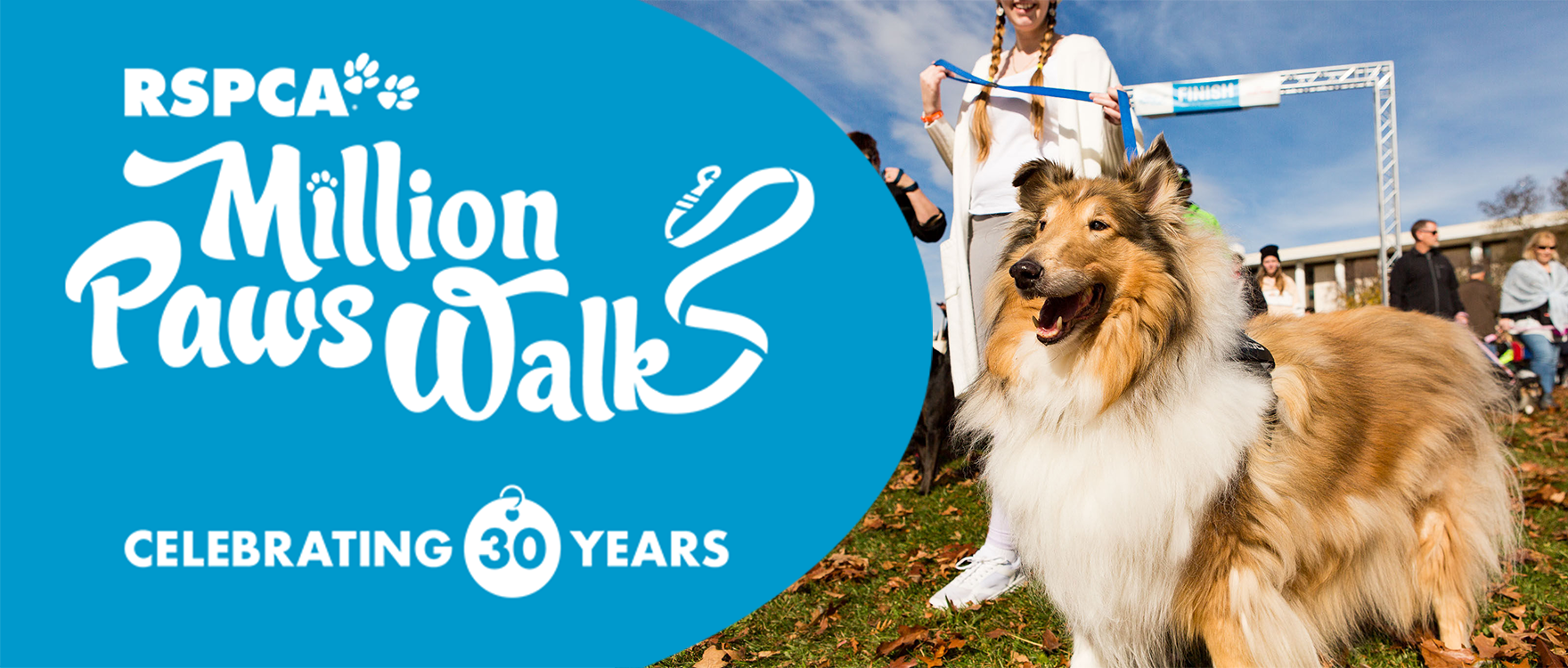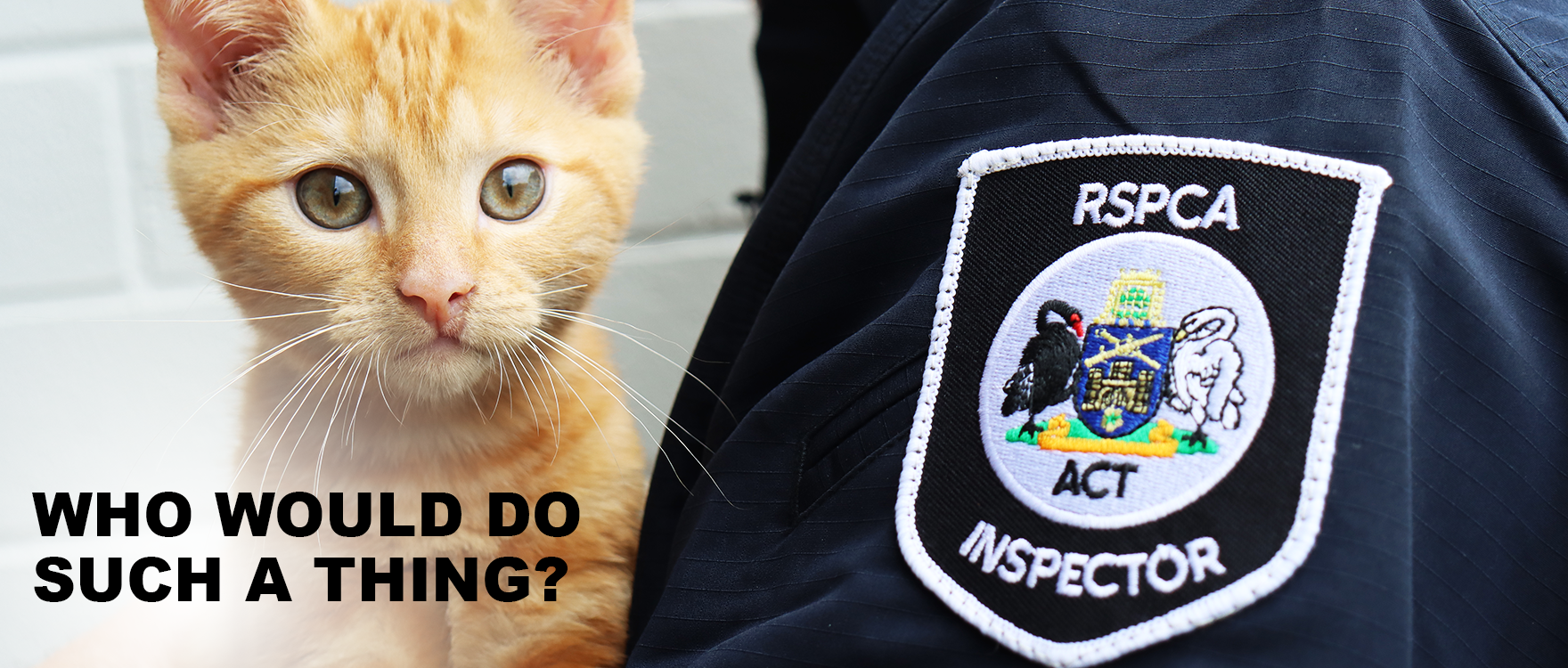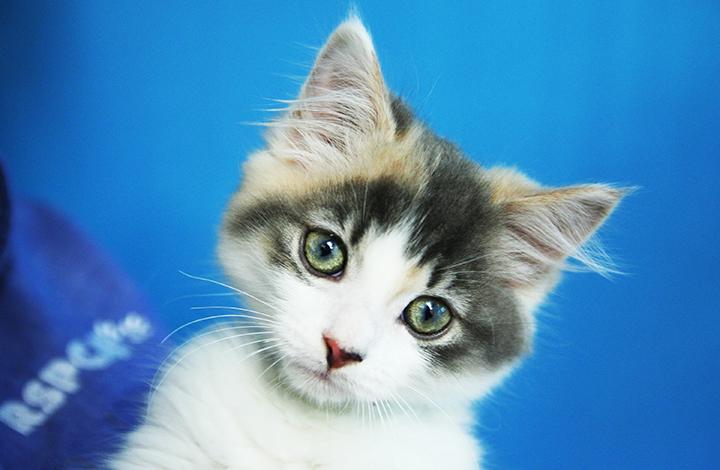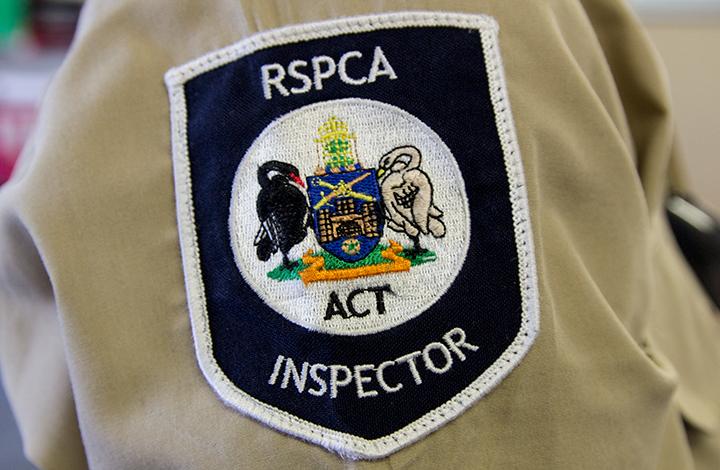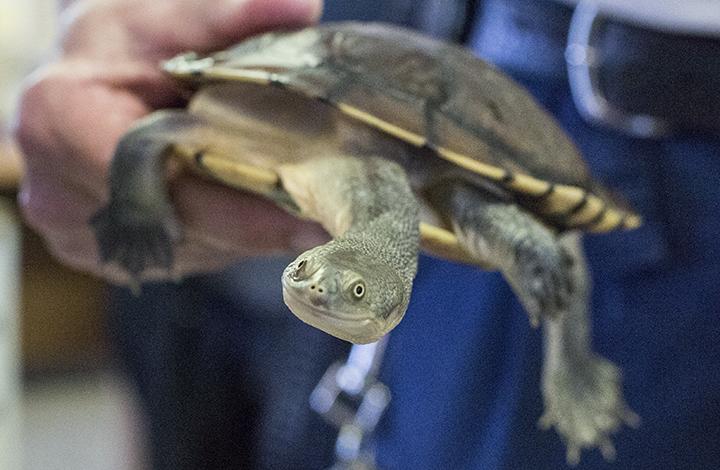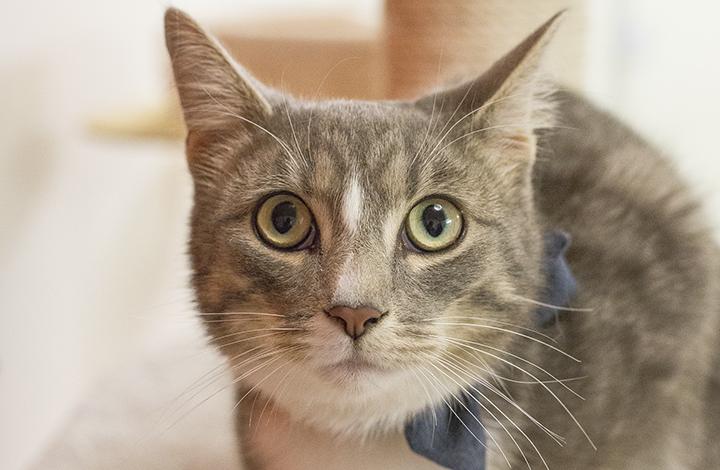Latest News
Cat and owner reunited after six years thanks to up-to-date microchip details
Tags
A Canberra woman and her 12-year-old cat have been reunited, more than six years after ‘Zeffa’ was presumed dead. Zeffa’s family had only recently moved to Canberra around 2017 when he escaped, on the same evening as a large storm hit the region. The cat’s owner, a former vet nurse, assumed the worst after nobody contacted her to say he’d been found. “He’s microchipped so after we couldn’t find him, we hoped that eventually he’d wind up at a vet and they’d scan his microchip and give me a call,” she said. “But the call never came and unfortunately we thought he must be dead.” The RSPCA ACT’s
Preparation key to enjoying summer months with pets
Tags
Amidst heatwave warnings being issued by ACT and NSW weather services, RSPCA ACT is reminding pet owners to include their pets in their plans to stay cool this summer. RSPCA ACT’s CEO Michelle Robertson said simple preparation and thinking ahead is all it takes to make sure the whole family enjoys summer. “Whether you’re going for a walk or going on a road trip, there are simple things that you can do, like taking extra water or ensuring enough shade, to keep your fury friends comfortable and safe," Ms Robertson. “Warm weather can be dangerous for pets, but the risks are very easy to avoid,”
Foster carers urgently needed as kitten season ramps up
Tags
The RSPCA ACT is in desperate need of volunteer foster carers for cats and kittens as the influx of felines increases during ‘kitten season.’ The situation was highlighted recently when 21 strays (15 kittens, six adult cats) were presented to the shelter on a single day. CEO Michelle Robertson said while Monday is often the day when the most stray animals arrive, receiving twenty-one cats at one time makes things very challenging for the team. “Our staff and volunteers are truly amazing and I’m so proud of them for always giving 100%, but I would dearly love to get some more helping hands
Corn cobs and dogs: a potentially lethal combination
**WARNING - ARTICLE INCLUDES GRAPHIC CONTENT Corn cobs can be your dogs worst nightmare. Corn cob husks can not be digested, instead they tend to get stuck and cause a blockage in the intestines. It's painful for the dog, they often lose their appetite, start vomiting and in the case of one poor dog recently at RSPCA ACT, it couldn't pass anything for a week causing the colon to swell and become extremely painful. The constant pressure can rupture the intestine and cause a potential life-threatening infection in the abdomen. If you see a dog eat a corn cob, get to a vet quickly as it may be
Calendar
- Today's day has a green highlight
- A blue box day contains events. Click on it for more information.
| Sun | Mon | Tue | Wed | Thu | Fri | Sat |
|---|---|---|---|---|---|---|
|
31
|
1
|
2
|
3
|
4
|
5
|
6
|
|
|
|
|
|
|
|
|
|
7
|
8
|
9
|
10
|
11
|
12
|
13
|
|
|
|
|
|
|
|
|
|
14
|
15
|
16
|
17
|
18
|
19
|
20
|
|
|
|
|
|
|
|
|
|
21
|
22
|
23
|
24
|
25
|
26
|
27
|
|
|
|
|
|
|
|
|
|
28
|
29
|
30
|
1
|
2
|
3
|
4
|
|
|
|
|
|
|
|
|
Donate now
We see animals come to the shelter every day that have been either abused, neglected, or are homeless. Whenever we receive the call, we step up to help. Our passionate staff do everything in their power for these animals.
Your generosity makes the world of difference to every animal at RSPCA ACT. Thank you for helping to improve animals’ lives within the ACT.



